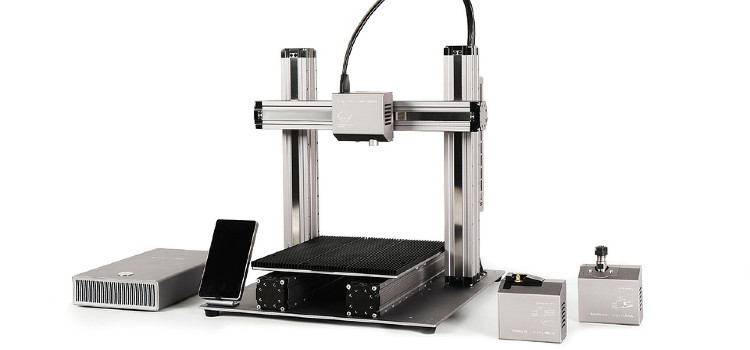Each day, the tech world becomes more and more advanced. 3D printers are a perfect example of this: in just a matter of decades, they’ve gone from large, specialized machines to relatively common-place items that anyone with an extra $500 can buy. They’re still relatively new in comparison to other modern technologies like smartphones and will surely take some time to be fully explored within the tech world. But as experts investigate its possibilities, it seems like the opportunities for 3d printing are limitless.
Contents
What Are The Current Limitations Of 3D Printing?
3D printers are often expensive to use.
If you want to express your creativity through art, 3d printers are an amazing resource, but they also add costs into the equation. These printing systems cost thousands of dollars and are often not worth purchasing for only a few uses throughout the years. However, aftermarket companies have begun to lower the costs of 3d printers through a variety of services that make it easy for more casual users to jump into this technology.
3D printing has a long way to go before it can be as commonplace as desktop printers are today. But with the amazing advancements in technology and more affordable models, 3d printing may be on the verge of being cheaper and easier to use than ever before.
3D printers need a lot of time to print each product.
FDM printing is one of the most common forms of 3d printing available on the marketplace today. It works on the same principles as LEGO building, only instead of a plastic LEGO brick, FDM uses a plastic filament material to build up a 3D object, layer by layer. This kind of printing is often slow, taking several hours to print each product. To make matters worse, this technology can be messy and often requires maintenance during the process.
Although there are many problems associated with FDM printing, the technology is still in its infancy and experts are working to develop newer solutions that will make this a less time-consuming process.
The quality is unpredictable and not always up to the standard.
While there are some printers out there that produce accurate, high-quality pieces, most of them struggle to produce these things with consistency. Because of the nature of this technology, often one light touch on a piece will make it fall apart. This is called tooling although experts say that this is more a problem with the 3d printer software they use and not the printer itself. As 3d printing technology develops, traditional ways of manufacturing may have to change in order to accommodate new technologies.
3D printers can be very dangerous.
Anyone who has ever built something using a 3d printer knows that it can be extremely dangerous when not used correctly. In general, it’s best to take caution with these machines as any move trying to cut, twist, or otherwise damage them could cause them to malfunction and hurt someone (not just you).
Most materials used by 3d printers aren’t as strong as they need to be.
In addition to these problems, there are still many more to be solved. 3d printing is one of the most exciting and enigmatic developments in today’s world. With benefits for every industry, it is only a matter of time until this technology moves into mainstream society and becomes a part of our lives.
As professionals in the field of research on this technology, the possibilities for 3D printing are endless.
How Are 3D Printers Being Used To Combat Limitations?
Because of the rapid developments in this technology, more and more companies are using 3d printing to help combat these problems. There are many innovative ways to fix the problems mentioned above, including:
FDM 3D Printing: This technology is very common and inexpensive, but also has some problems such as environmental toxins from plastics and frequent breakage in the printer itself.
SLA 3D Printing: Just like FDM, SLA can be used to produce a variety of hard materials such as plastic, metal, and ceramic. But this technology doesn’t require any maintenance and is more cost-effective than FDM printing.
What Does The Future Hold?
With all of these ideas being explored now, it’s hard to imagine what could come next. Experts have predicted that in 2025, 3d printers will be used by anyone who wants them. They’ll be easy to use and inexpensive for the average person.
It’s hard to imagine that just a few years ago, 3D printers were considered a novelty. Now it would be silly not to get one. These machines aren’t just for small things like jewelry or figurines anymore; they’re being used by professionals all over the world.
But what does the future hold for these machines? Experts predict that in the next few years, 3D printers will no longer be a novelty and 3d printing will become so commonplace that they’ll be found in nearly every household. They’ll also be more affordable than they are today. Perhaps most exciting is the ability to print OLEDs and create prints with 6-15 times more lumens than the light from a conventional bulb! This technology will allow products to have a better price-to-brightness ratio by using less wattage.
Last Words
With advancements in the industry continuing to improve such machines, it’s only a matter of time until 3d printers become a part of our everyday lives.


